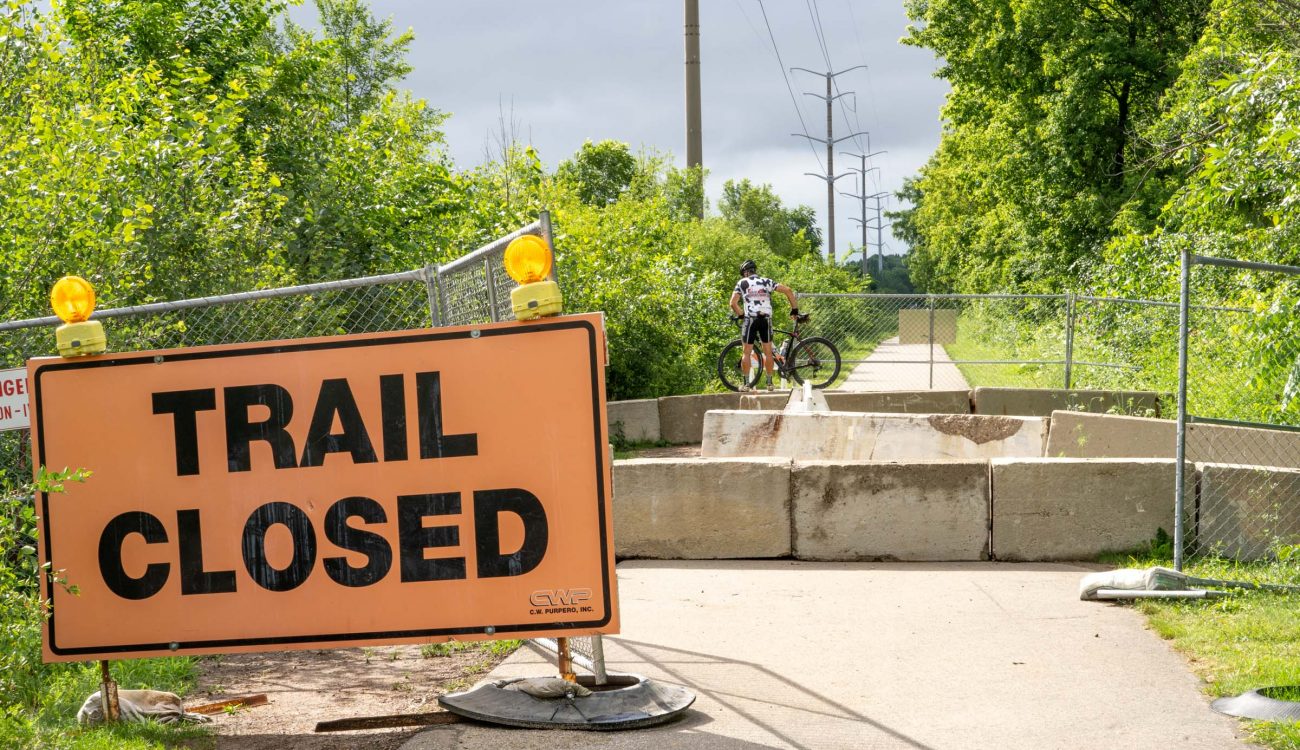
A Perfect Storm
Wisconsin State Parks and Trails Damaged by Historic Flooding, Tornados, now Face the Pandemic
Over the course of the last couple years, parks, roads and trails across Wisconsin were forced to close after heavy damage from unprecedented flooding and storms. These closures during the pandemic where people are craving outdoor recreation are creating frustrations.
Over the course of the last couple years, parks, roads and trails across Wisconsin have suffered heavy damage from historic flooding and storms. In 2018, more than a foot of rain fell in six hours. The flooding washed out sections of highways 53, 63, 2 and countless forest roads in Ashland County. Between June and September last year, 32 state properties in 21 counties sustained nearly $8 million in damage due to rain, flooding and tornado events. County and national forests suffered similar damage, with many roads and trails washed out.
While many of those parks, roads and trails are now open, some closures remain while major repairs are ongoing or waiting for funding. To complicate things more, with so many people not working and many sports cancelled due to the pandemic, lots more people are getting out on trails and visiting parks to recreate.
This perfect storm of unprecedented damage to our parks and trails, reduced capacity for social distancing reasons, combined with a dramatic increase in demand for outdoor recreation is creating frustrations. People are moving barricades on closed sections of trails and sneaking into parks forced to close after they reach capacity.
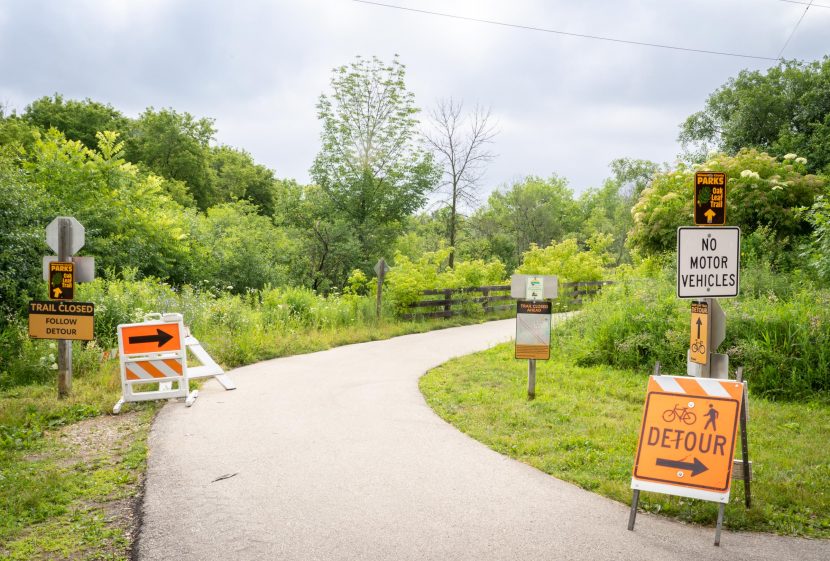
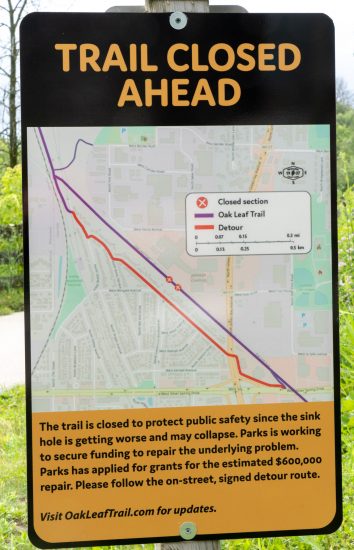
I myself have expressed frustration about the barricades, concrete blocks and fencing around a sinkhole on the Milwaukee County Oak Leaf Trail. I didn’t understand why they were making it so difficult to get around what appears to be about three feet of erosion on the trail, when there is another 15 ft of usable path and shoulder. When I complained to Parks Department staff, I was told their structural engineer is concerned the rest of the trail could collapse another 10ft without warning and repairs are estimated at more than $600,000.
There has also been a lot of frustration with the closures and progress of still-ongoing repairs on the Elroy Sparta State Trail. Summer storms in 2018 forced the WDNR to close tunnels and long sections of the nation’s first rail trail, and probably Wisconsin’s most famous. While all three of the tunnels are now all open, sections of Elroy Sparta trail remain closed, as do parts of the 400 State Trail and Hillsboro Trail that connect with the Elroy-Sparta. To repairs to the three trails will cost more than $1 million.
Given the crazy weather over the last couple years, the backlog of repairs and safety precautions during the pandemic, it is now a good idea to check current conditions before you ride a trail or visit a park. Most parks and trails have Facebook pages, websites and phone lines to get the latest information. Parks that are always in high demand, like Devil’s Lake for instance, might stop admitting visitors due to capacity reasons, so find out before you drive somewhere.
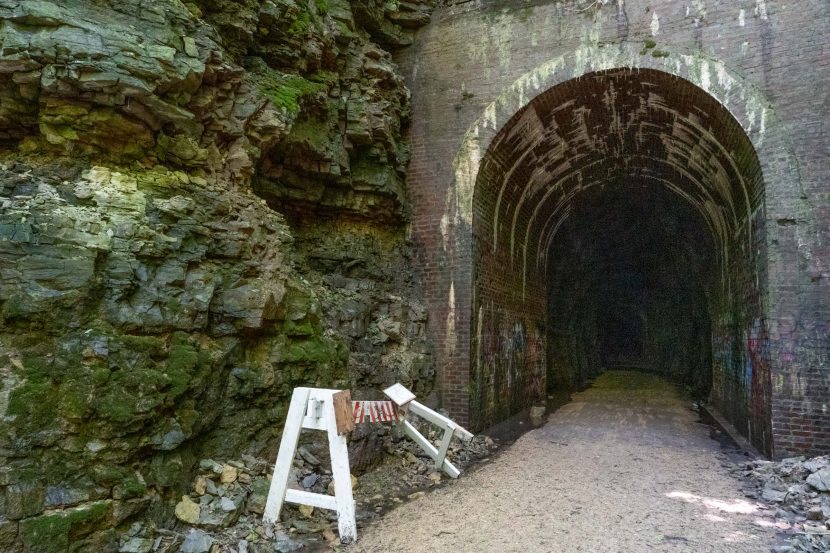
And rather than getting mad and complaining to a park worker (guilty) or ranting on social media, what if we all contacted our elected officials and asked them to prioritize parks and trails when they put together our county, local and state and budgets? State funding for Wisconsin State Parks and trails has taken a hit almost every budget over the last decade. According to the Federal Highway Administration, Wisconsin now ranks 44th out of 50 states in spending per capita. In 2010, the League of American Bicyclists ranked Wisconsin the second best state in the country for cycling. Last year we ranked 29th on their Bicycle Friendly State report cards.
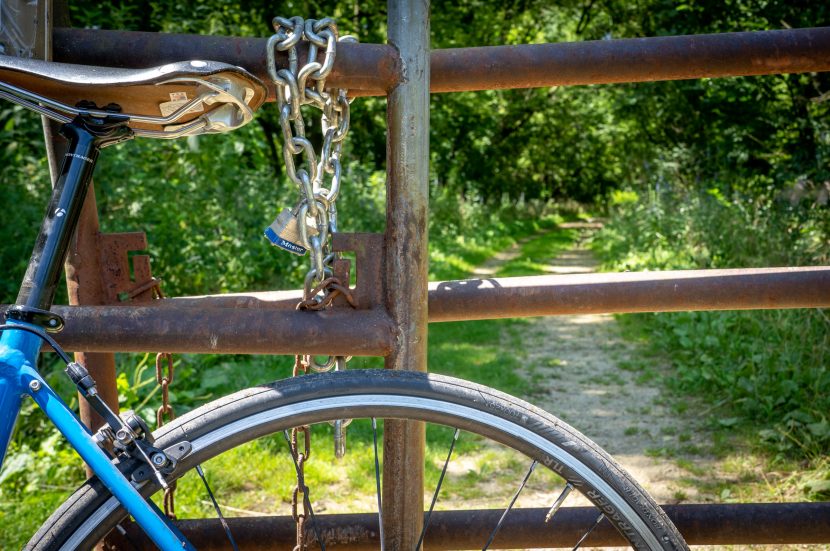
Instead of moving barricades to avoid a trail detour, or sneaking into parks after they reach capacity, what if we made a donation to a friends group or trail organization? Or better yet, joined and volunteered our time to maintain a trail or park we enjoy? Many of the trails and parks we love rely on countless hours put in by a surprisingly small number of dedicated volunteers and trail builders. They need our help and support more now than ever.
The economic fallout of this pandemic will force many difficult choices for taxpayers at the local, county, state and federal levels. After things begin to return to normal, it is imperative we remember how valuable our natural outdoor spaces were to us during this pandemic as our elected leaders are faced with many difficult choices about cutting programs and funding. Greater investments in parks, trails and natural areas have been proven to create good paying jobs, improve our health, increase property values and help mitigate the effects of climate change